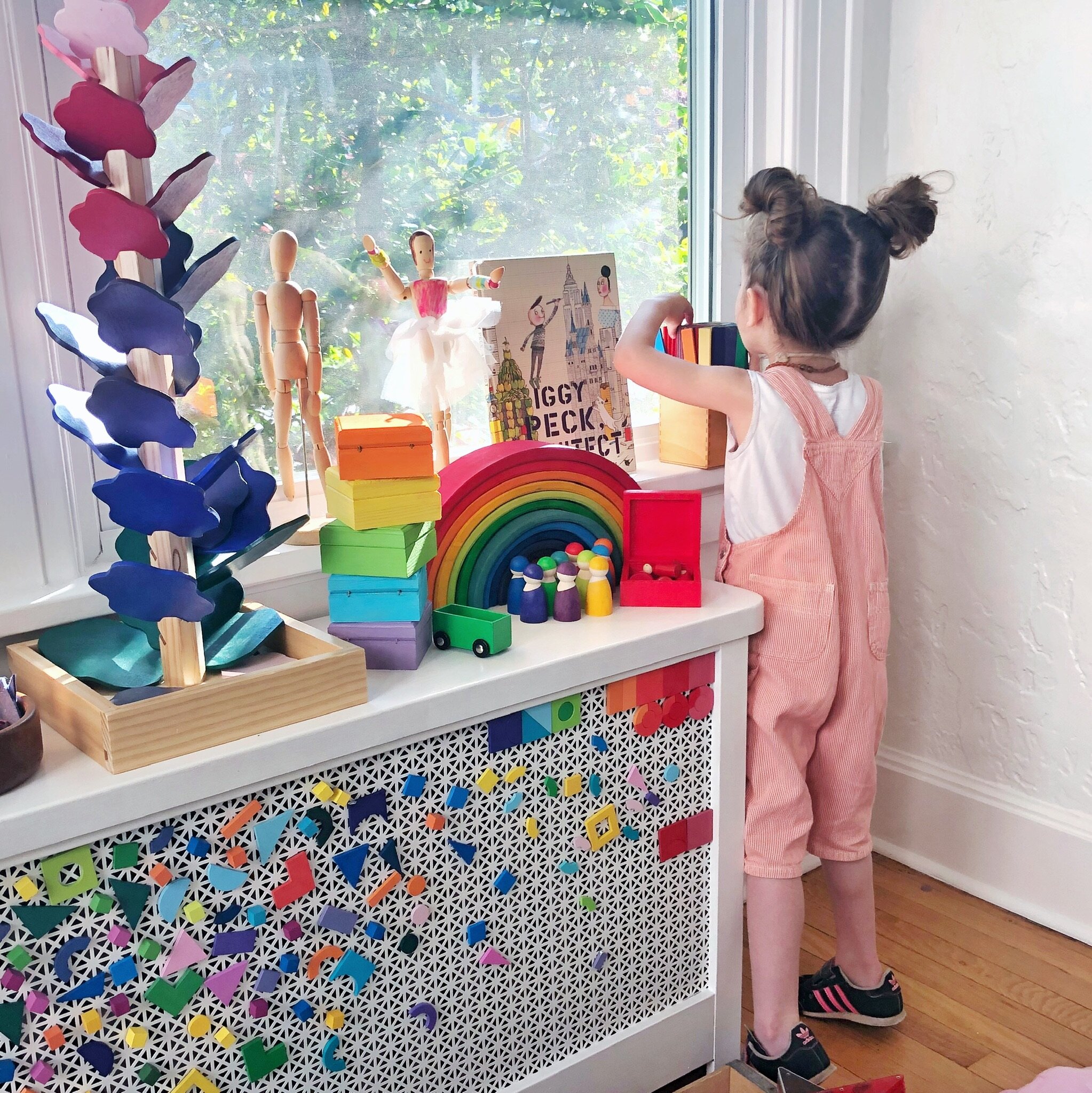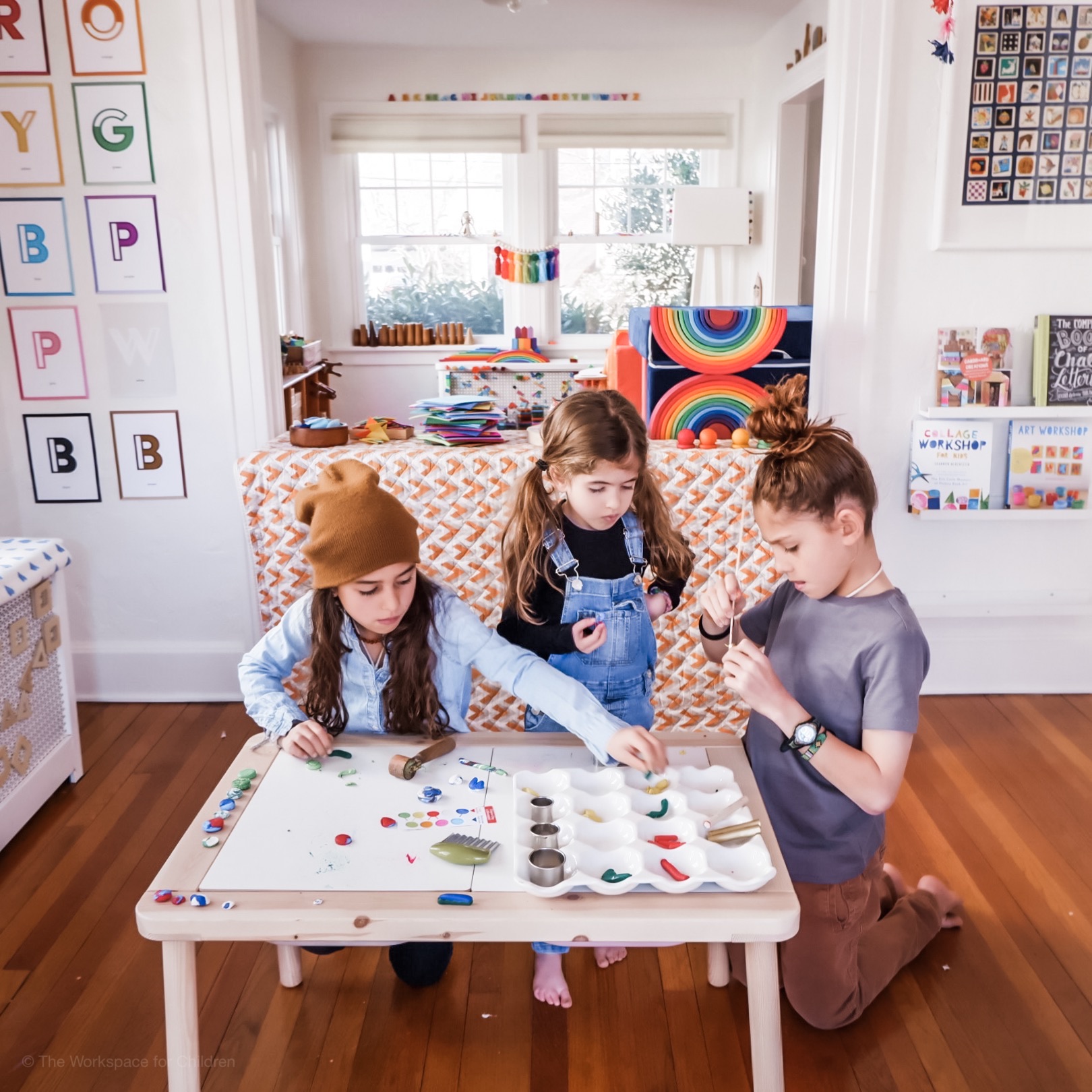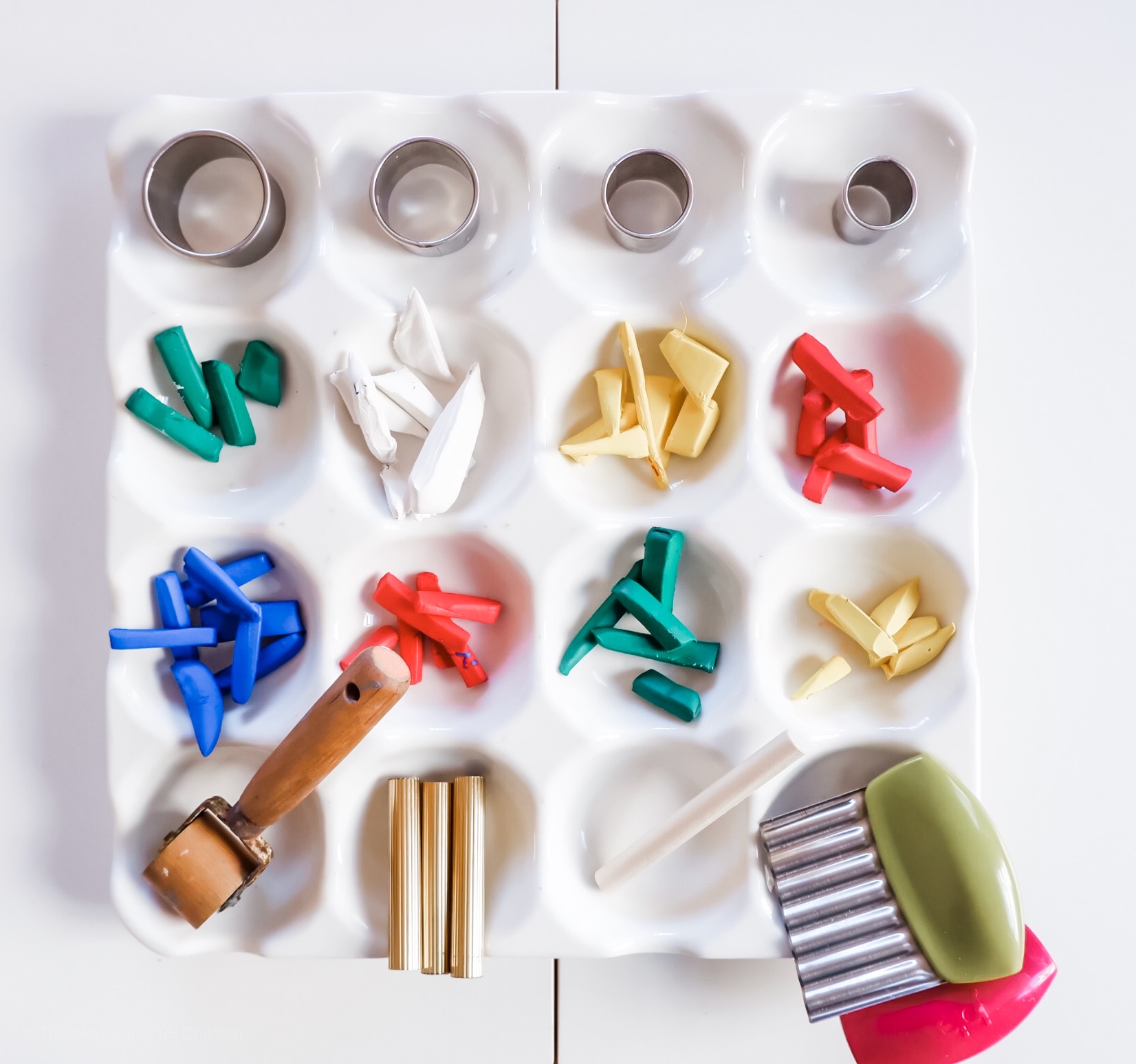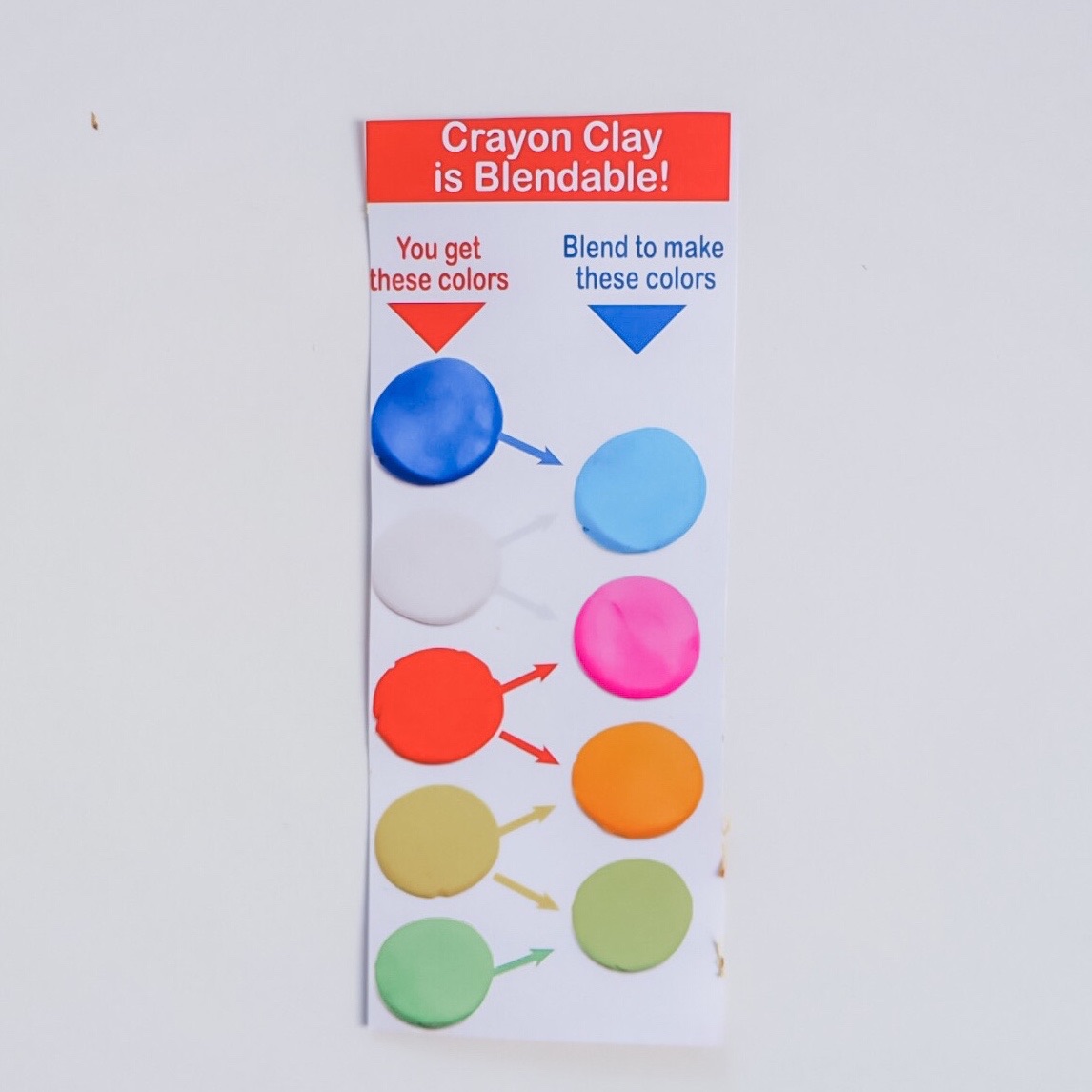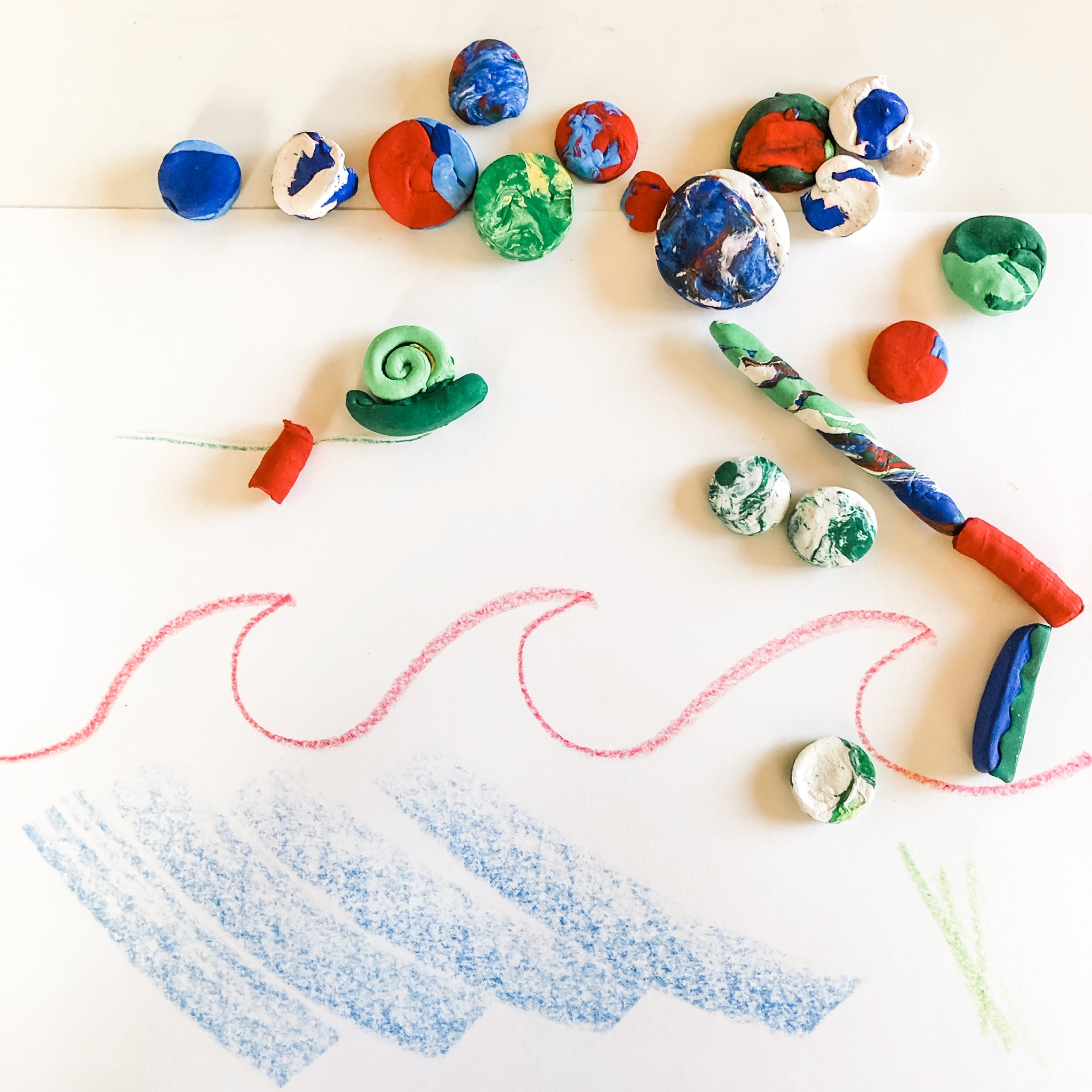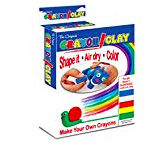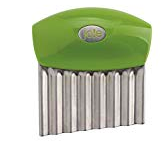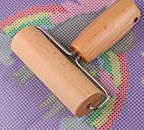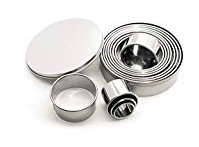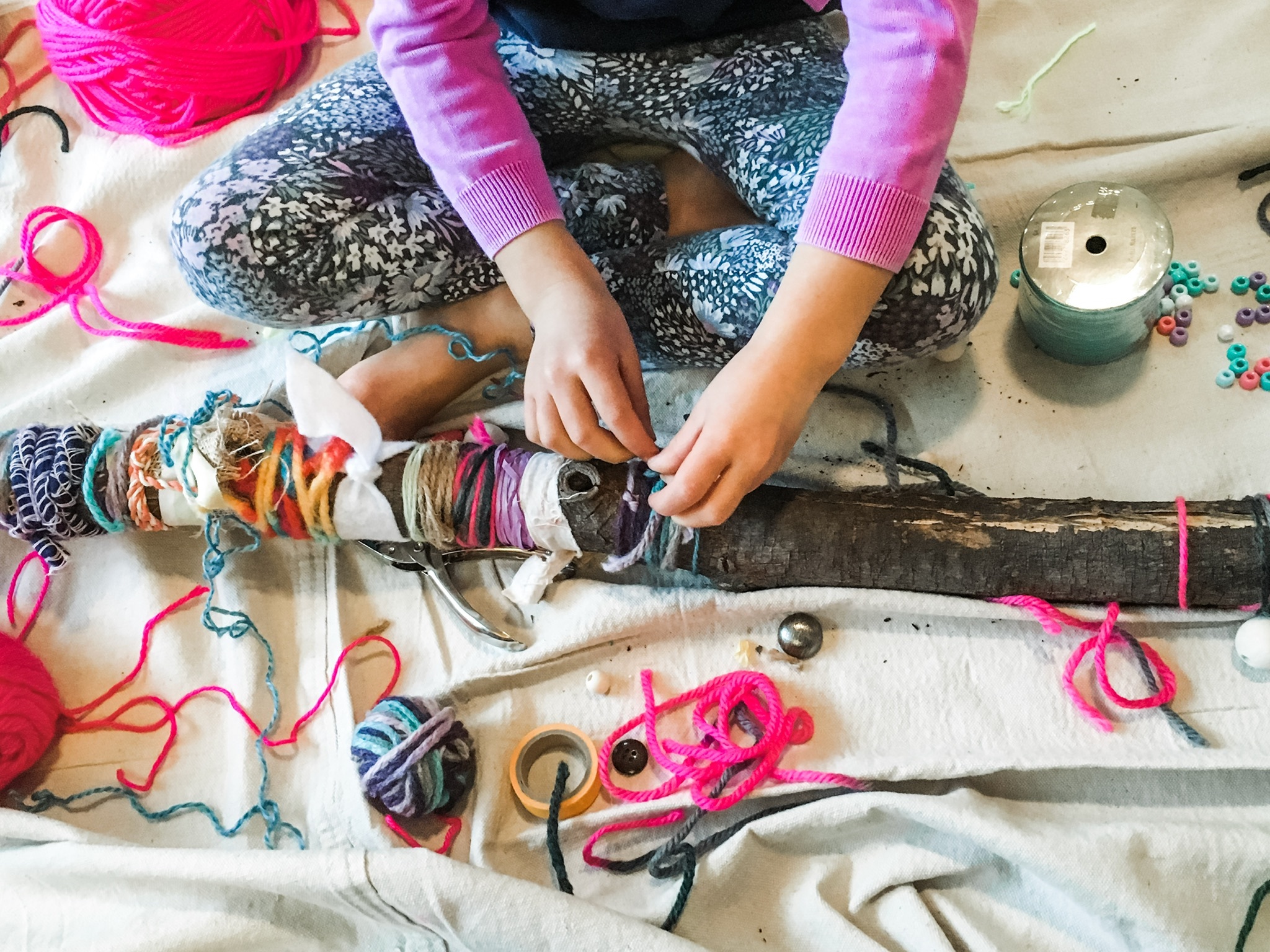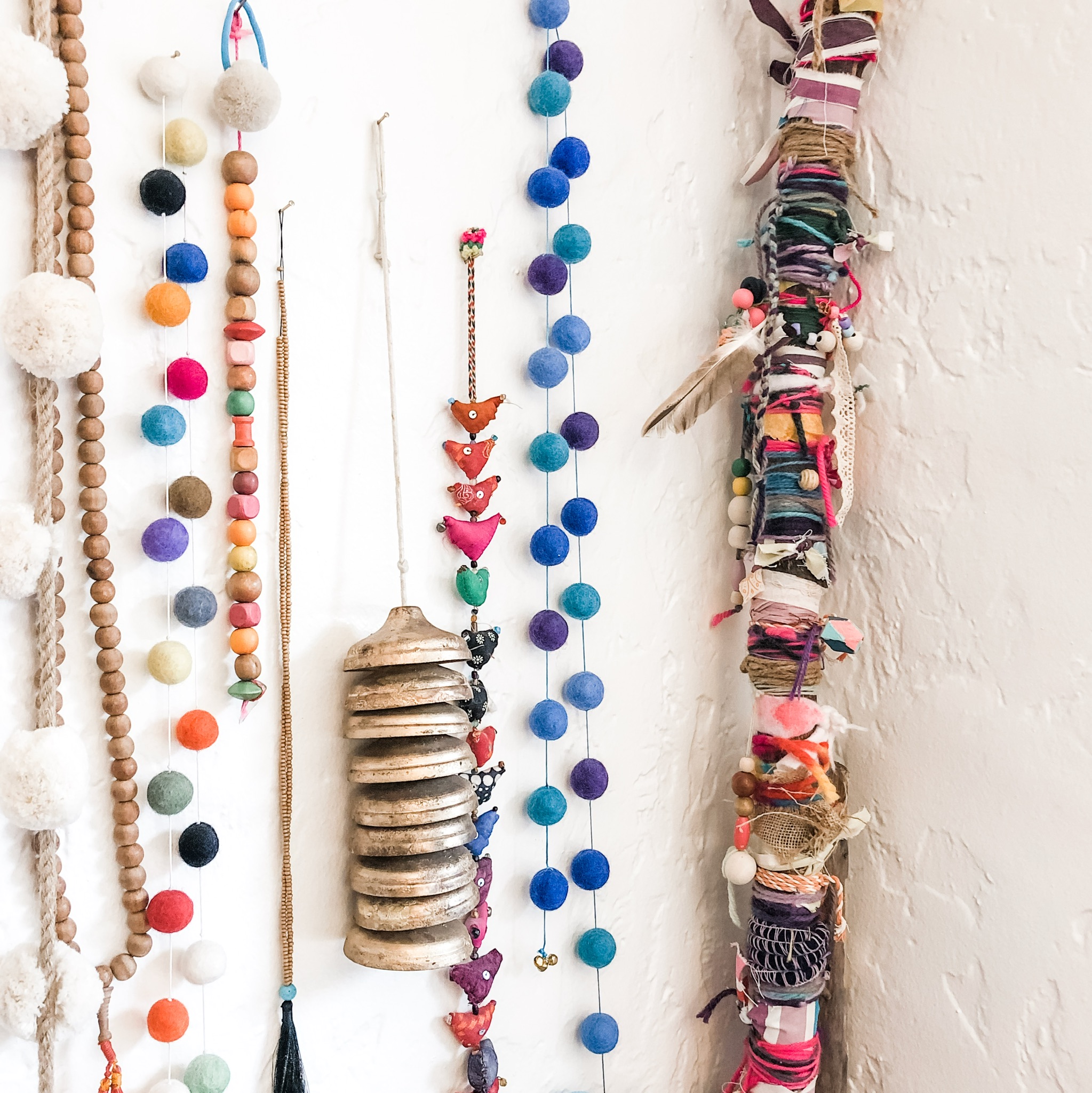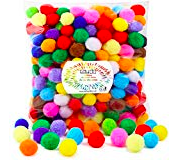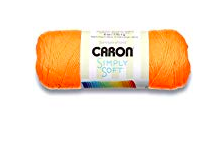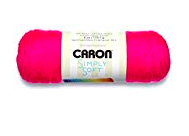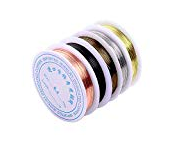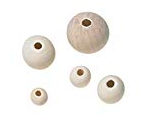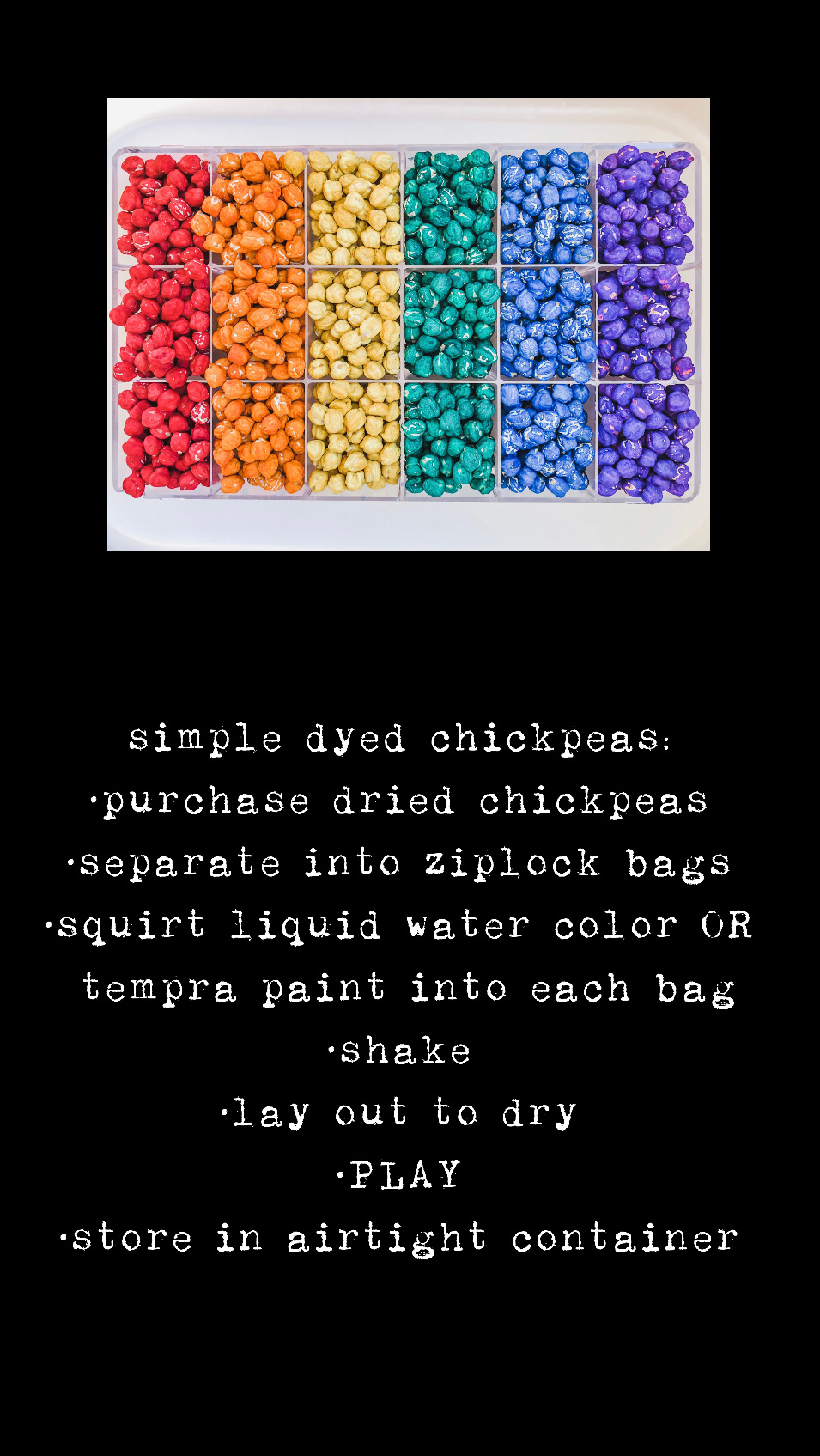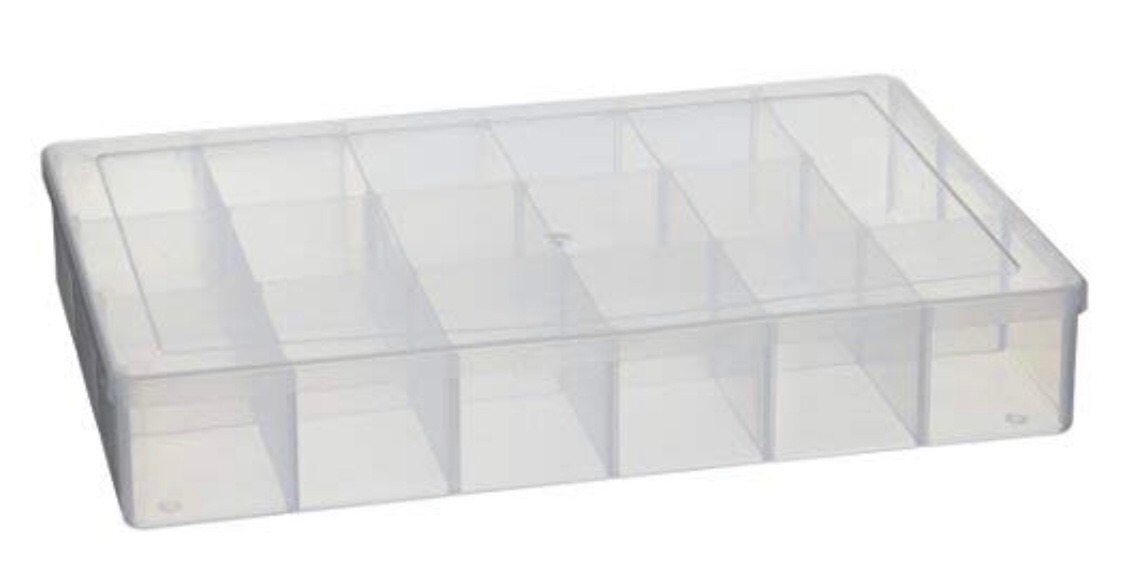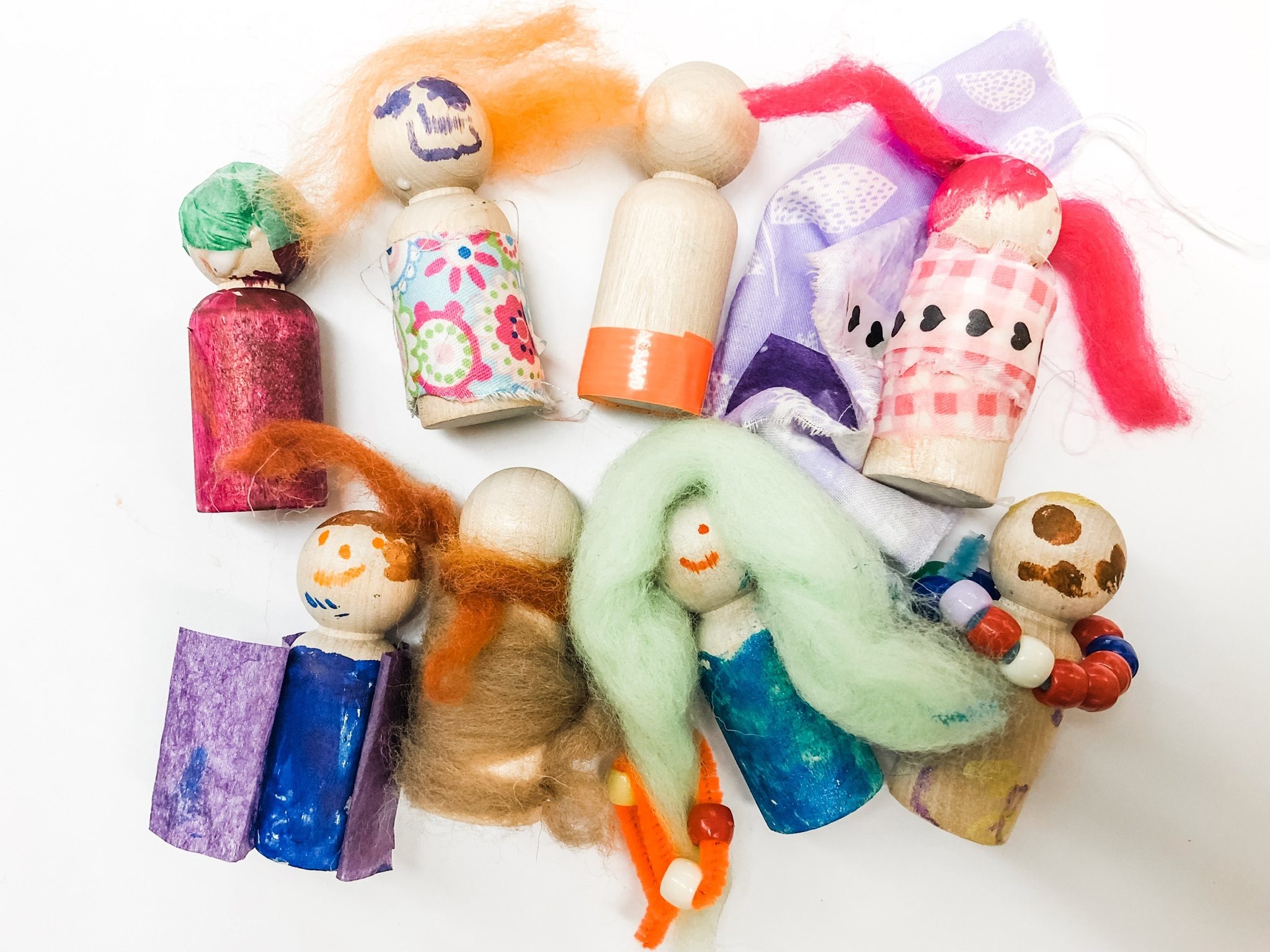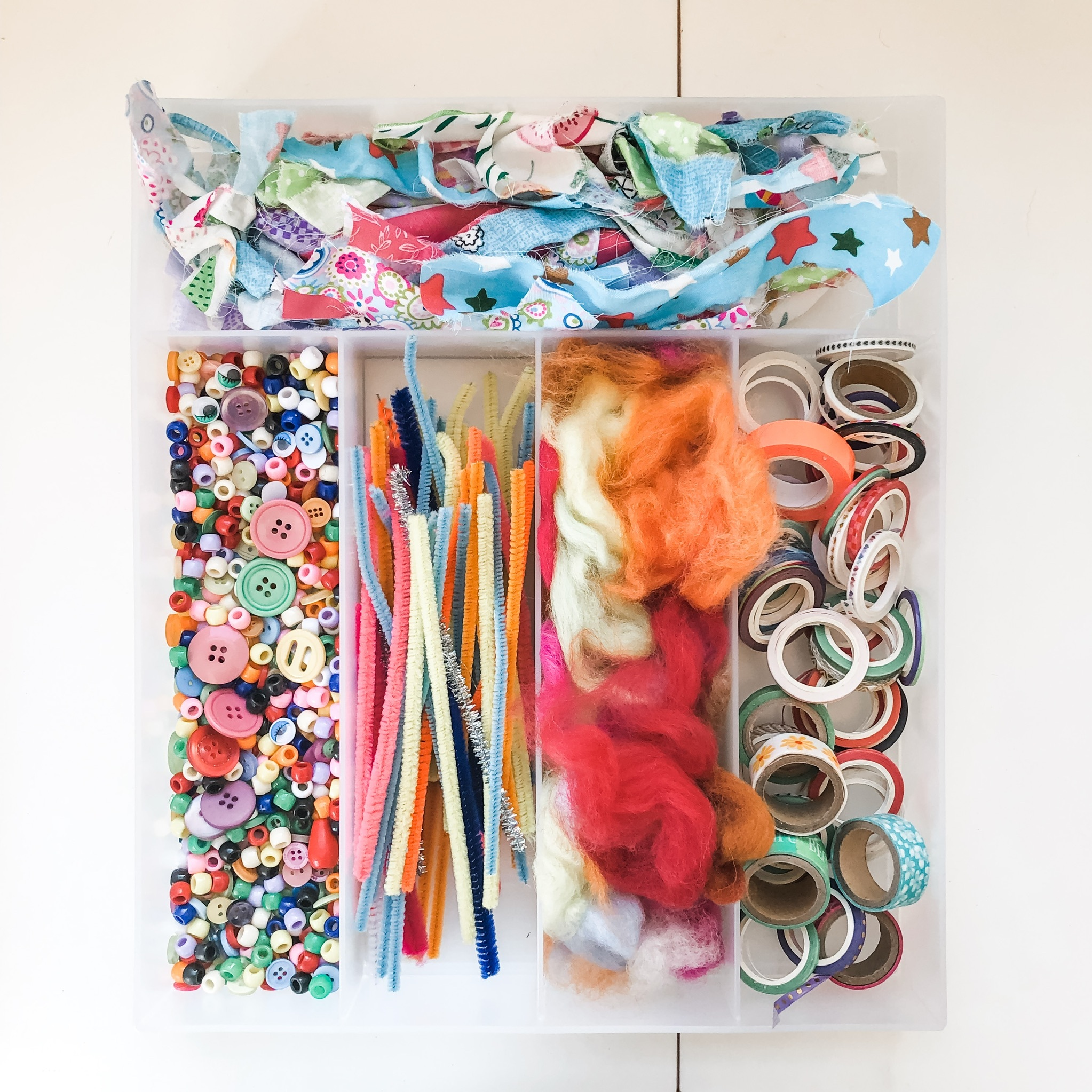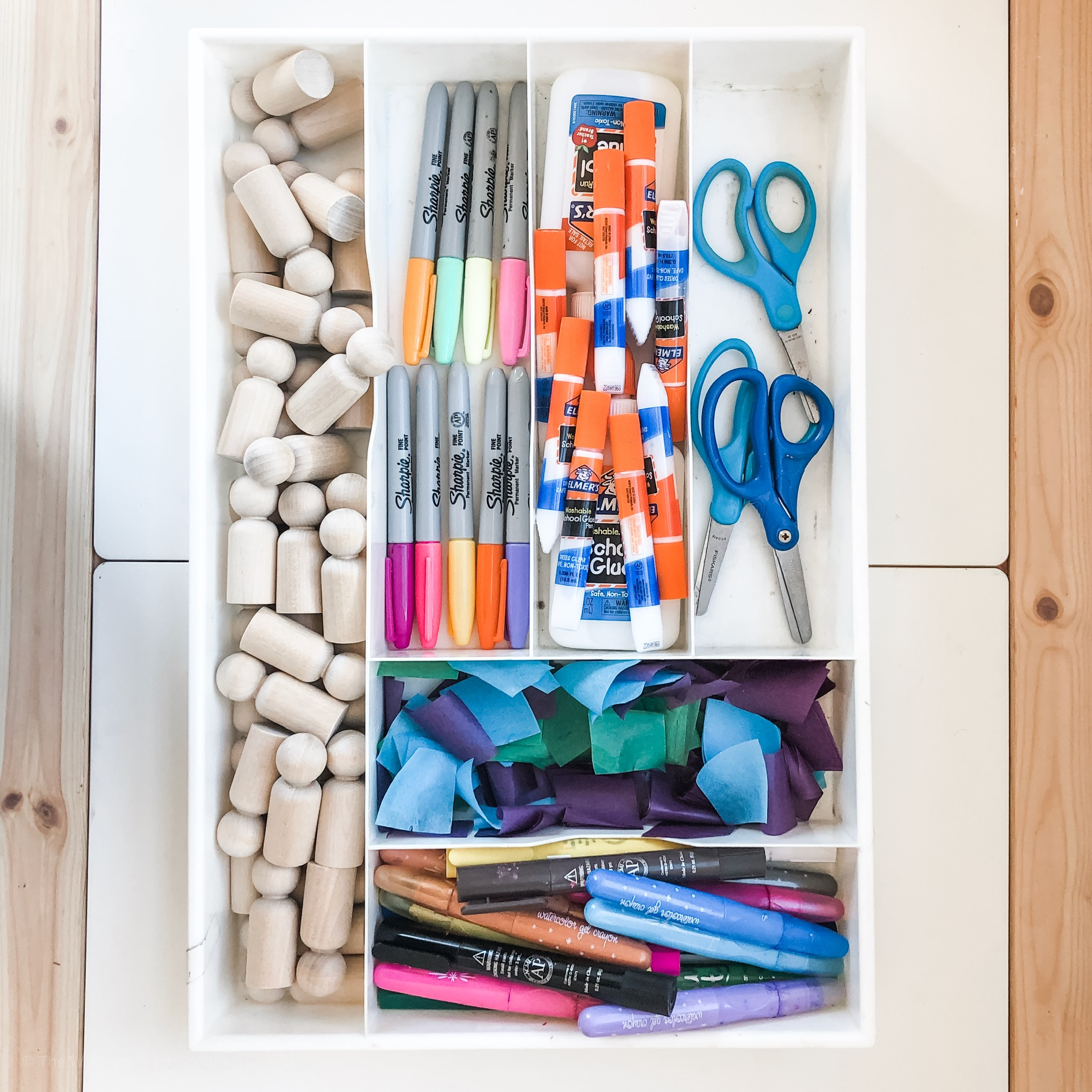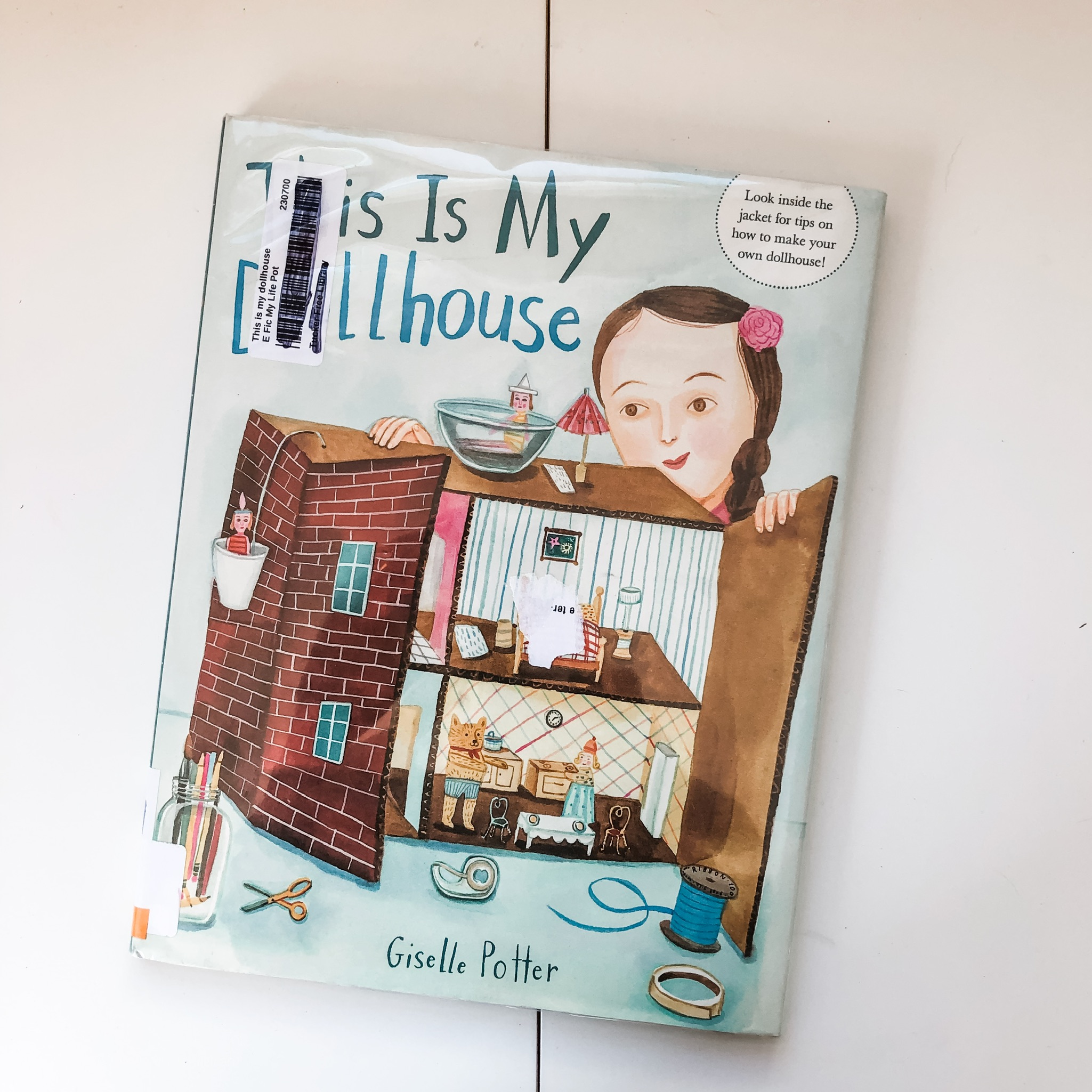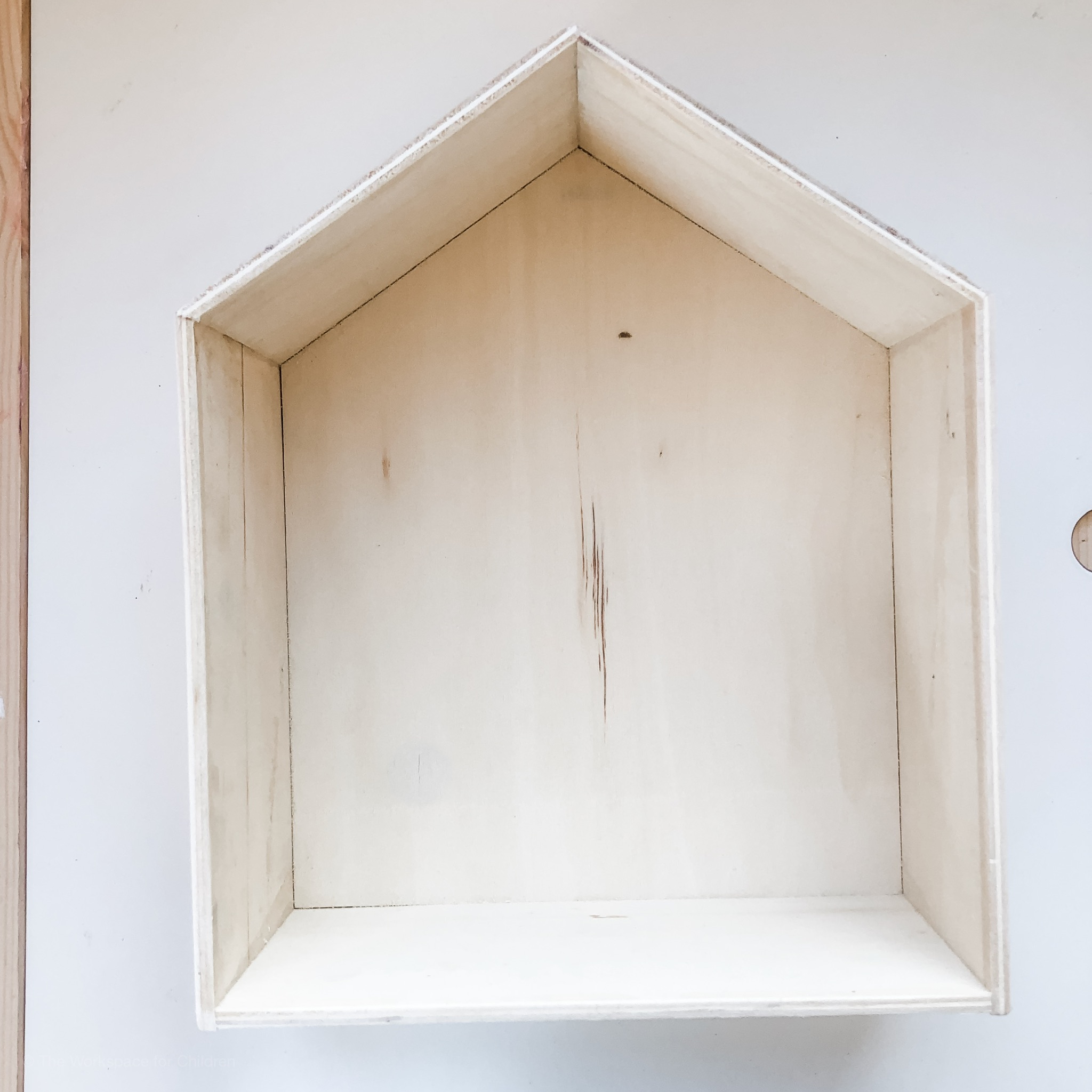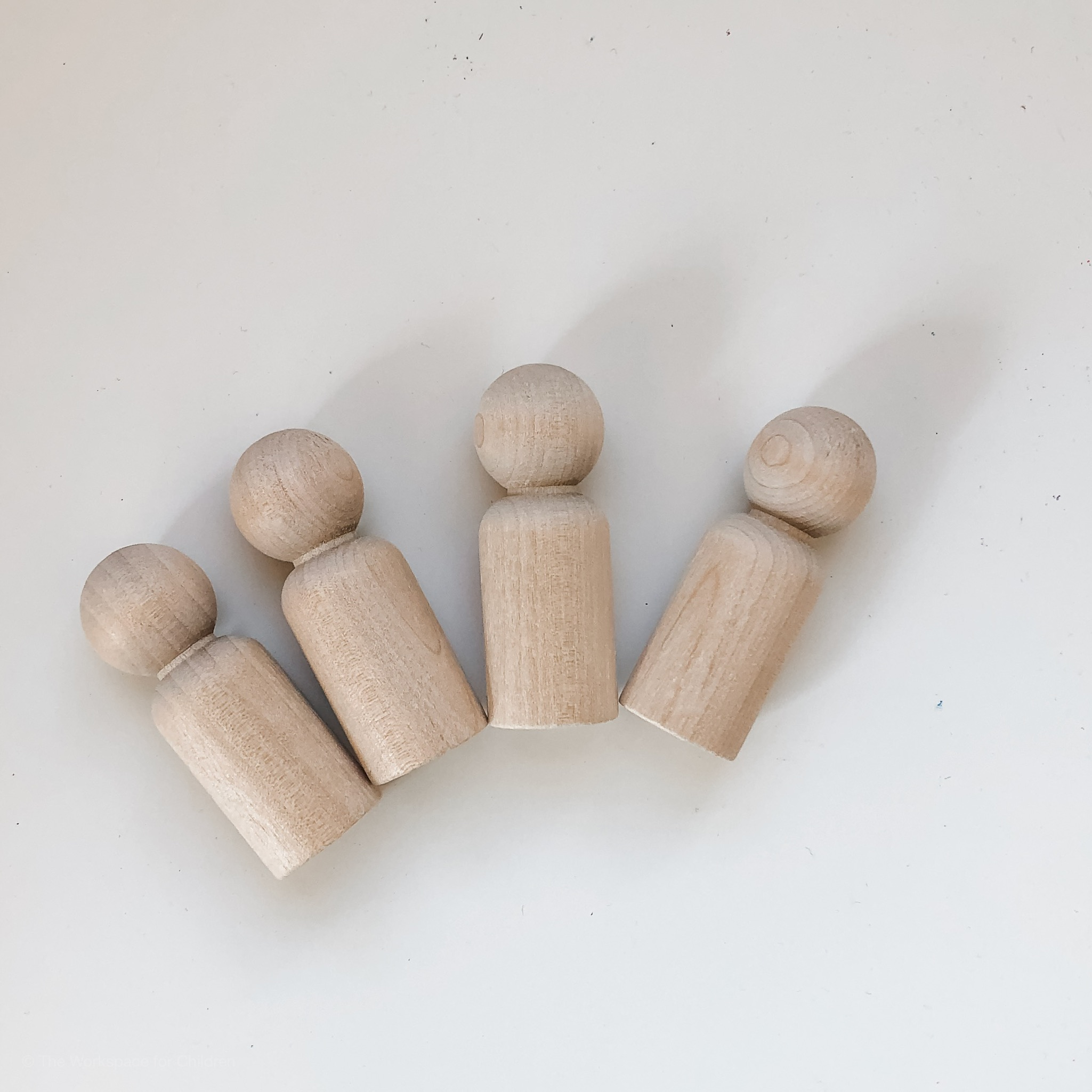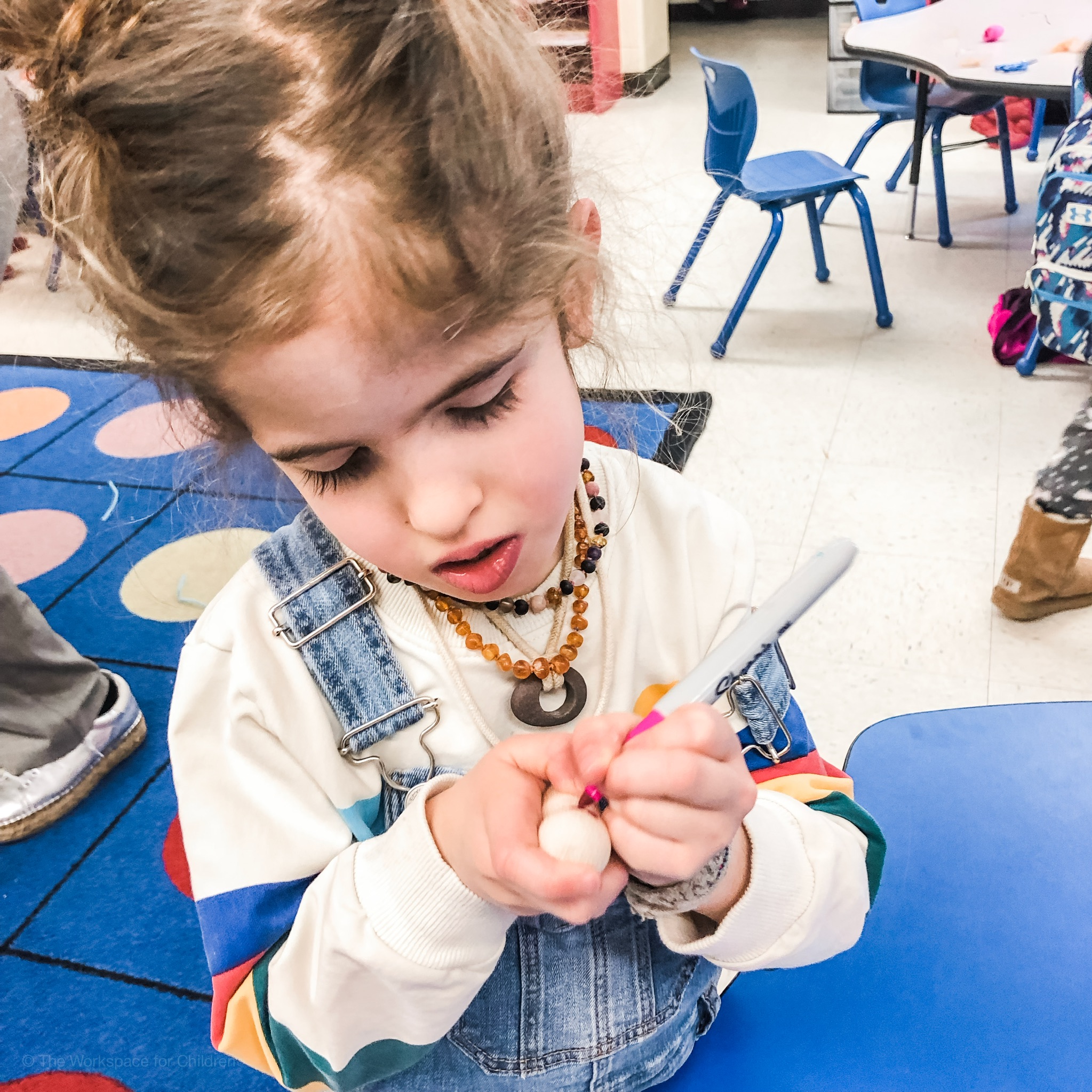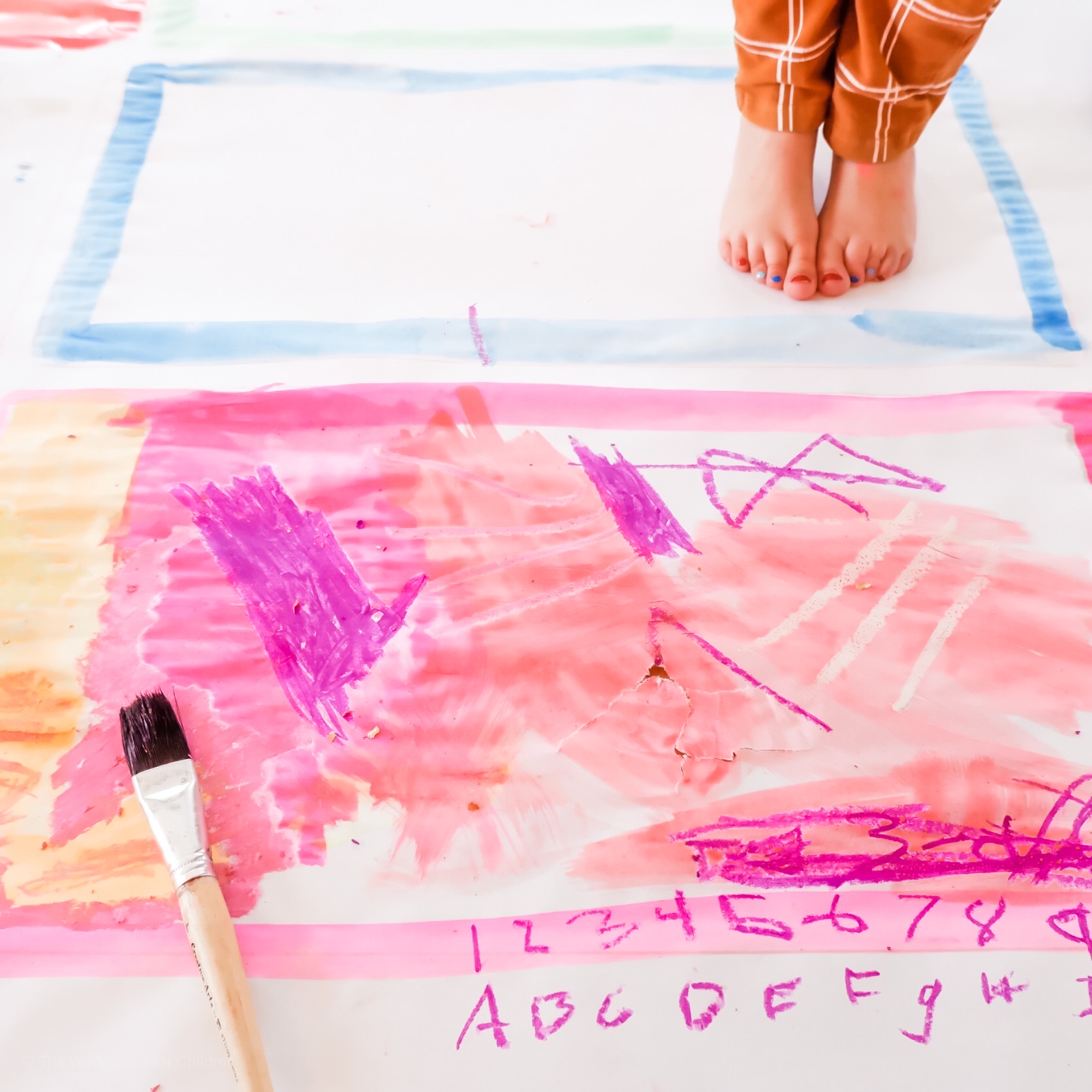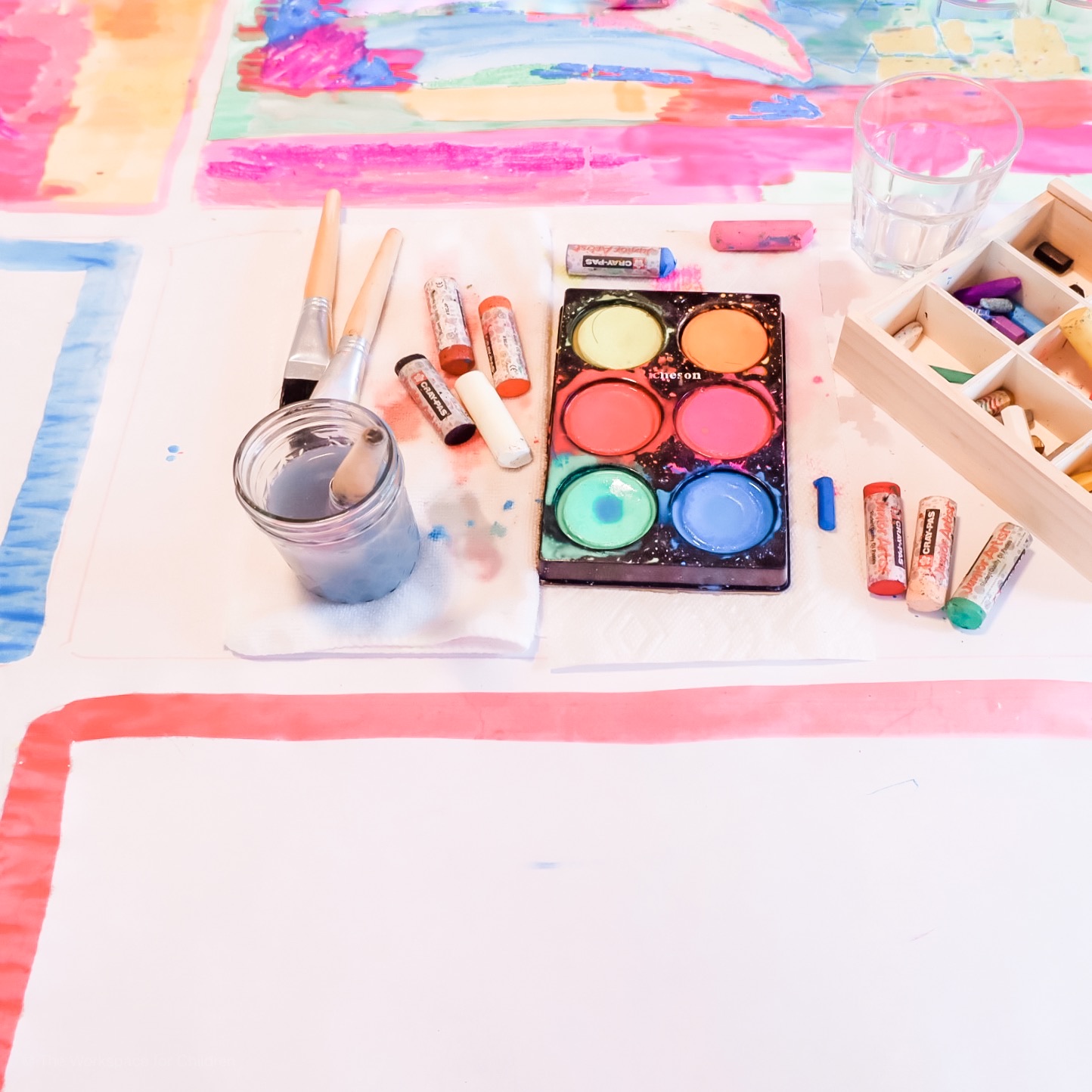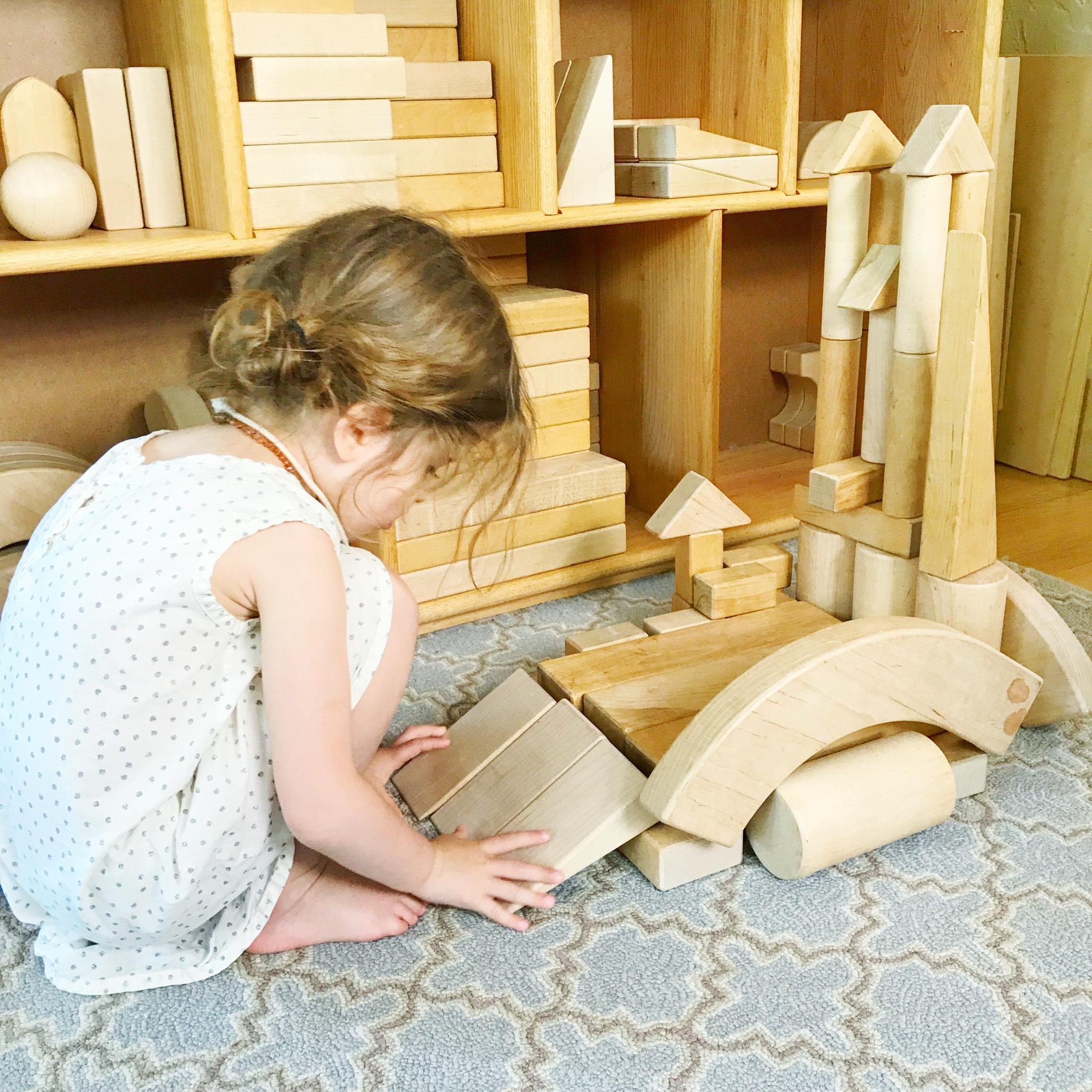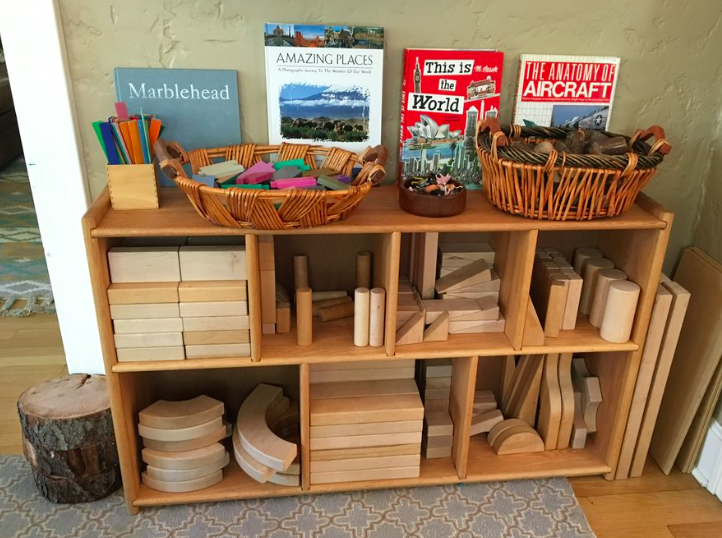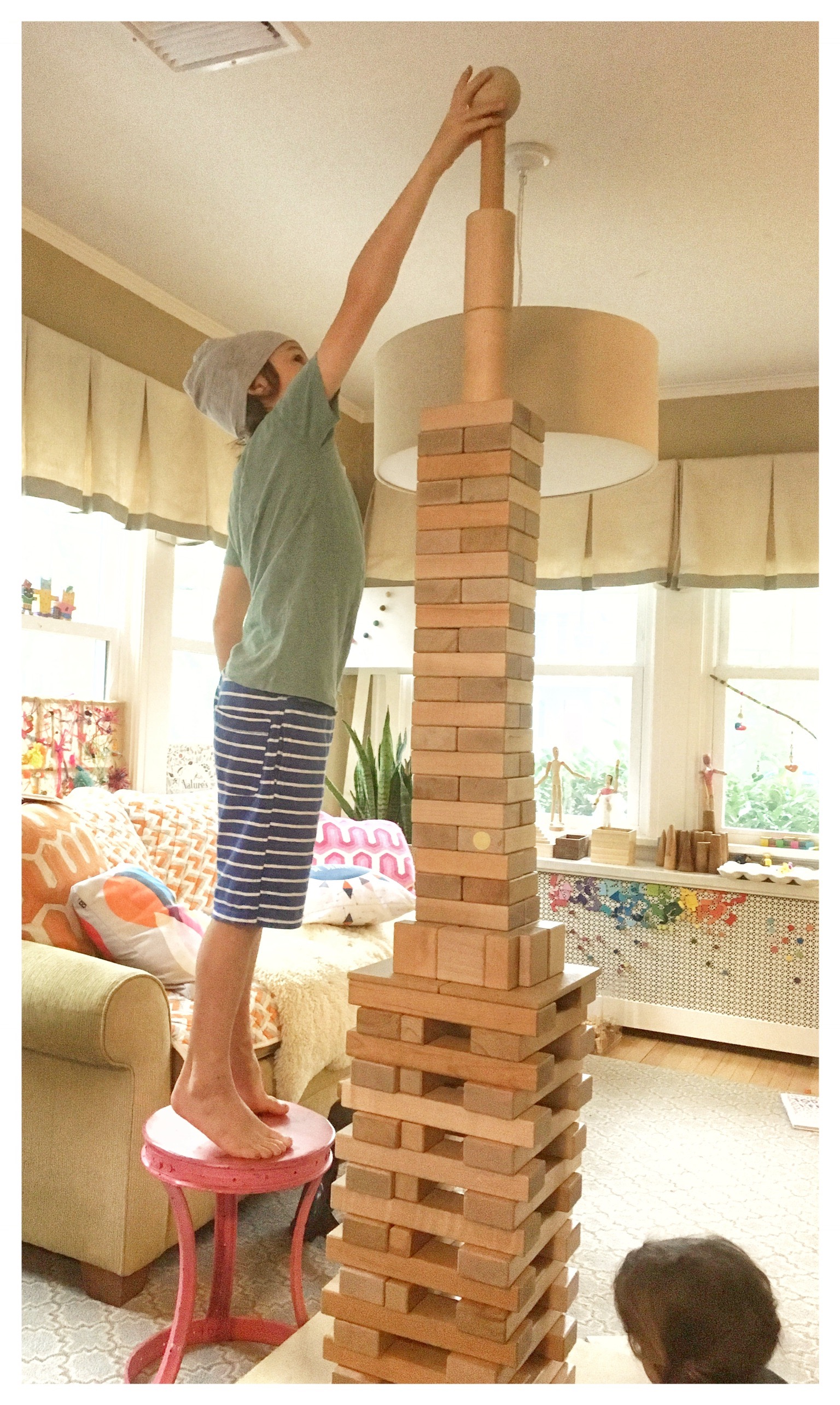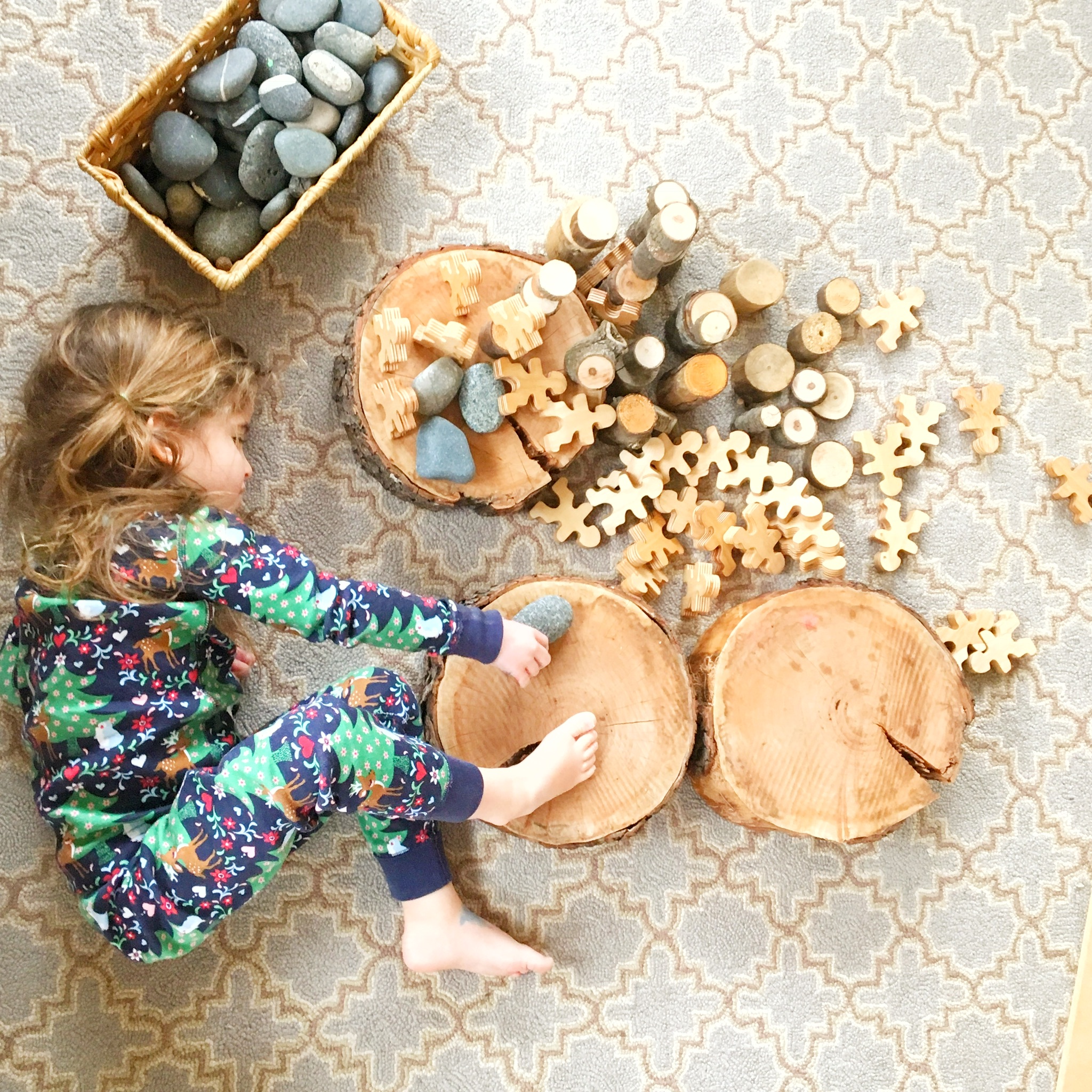Do your young children have down time? I mean REAL down time. Time to be bored, time to make up aimless games and stories? Do they have the opportunity to spend time alone? Truly alone, not alone with an iPad. Do they have quiet time carved out for them as part of the day? Mine do. And yours can too. You and your children deserve some down time. I am going to help you get it.
Why My Family Needs Consistent Quiet time:
I rely on this quiet, independent playtime everyday because I need it. I crave it. So do my kids. Without a little while each day to just sit still, I go all crazy and moody. And if I go crazy, my whole house turns into a zoo. A wild, untamed, unhappy zoo.
It's no secret that I am not good at the constant go-go-go. It stresses me out and I become an impatient yeller. (My neighbors can vouch for this. They see me yelling and hustling children in and out the my car. ALL. THE. TIME.) For our family, the antidote to the crazy is taking a few moments of quiet time. Chilling out. Yes, you can teach your kids the art of chilling out. It takes commitment, consistency, and a little bit of creativity.
We all need a break. I’m going to tell you how we carve out a break almost every day. I really believe all children can learn to have quiet time. I have heard many people talk about how their first-borns are too needy, or their boys too active. They worry that without a screen in front of them, or an adult to play with, their children cannot chill. They can. I promise. It will take some work on your end, but it's worth it.
My Family's Quiet Time Rules:
1. You are alone (not with your sister or brother, and DEFINITELY not with me.)
2. You are playing, reading, creating, or sleeping.
3. Your time is self-directed.
Of course, those guidelines look very different for a four year old, seven year old and ten year old.
Four Year Old Quiet Time:
For Sloane, quiet time is often brief. About 35 to 40 minutes. It is usually spent in her room or in our little playroom/den. Lately, her activity of choice is playing babies, dollhouse, or blocks.
Seven Year Old Quiet Time:
Ruby loves art. So, quiet time for her is drawing, sewing, beading- any kind of making. Making is her gift. Quiet time-making happens in her room, therefore, it needs to be non-messy making. Her quiet time can last anywhere from twenty-five minutes to an hour. She gets lonely. Her personality demands she be part of a crowd. It's who she is. An hour of ‘alone’ is more than enough for her.
Ten Year Old Quiet Time:
Nate is airplane-obsessed. So, his quiet time almost always involves drawing and tracing airplanes. He wants to use the light table for tracing. The Light table is kept in our kitchen and his quiet time is set in his room, so the clever little guy set himself up a tracing station in his room. He tapes his work up to the sunny window and the light comes through. Perfect for his tracing habit. He also enjoys time with legos and magnatiles. His quiet time can run well over an hour when he has the luxury of time.
Nature vs Nurture:
Like I said earlier, I believe all children can enjoy some quiet time. I believe that all children NEED downtime, especially in our chaotic world. I know that it does not come easily to everyone. My oldest child is dreamy by nature. He beats to his own drum and has always been able to occupy himself. Even as a young toddler, he was happy with his cars and trucks and blocks for long periods of time. My middle child is not this way at all. When she gave up her nap (before two years old!), I nearly lost my mind. She always wanted a playmate, was into everything and I could not deal. Her nap time was during her brother’s quiet time and my time to chill for a minute. There was no way I could give up those few moments of peace. So, I taught her how to be independent.
Know That Quiet Time can be a Learned Skill....Believe it.
Here's how we did it.... First, I made sure I really filled her up before quiet time. Ruby had lunch and her milk. More importantly, we read and played together. I gave her a period of undivided attention and labeled that time. We set the timer for 15 minutes and played together. No interuptions from the phone, her brother, the doorbell, etc. Barring an emergency, there was NO distraction. I promised her that. It was our “play together” time.
After that was her “quiet time”. Again, we set the timer. The first day for 5 minutes, the next day 10 minutes and so on. The timer defined our time. Not me. This is important. I would say, “The timer will tell you when our time is over.”
In the early days, I would set out some simple invitations to play. A small blanket with a pretty bowl full of gems and a mirror for arranging them. Or a mat with a dollhouse and a few people and animals. A child-sized table with paper and colored pencils and stickers. You get the idea. If not, get on Instagram and plug in the hashtag #invitationtoplay. It’ll fuel you.
Invitations should be open-ended. Your child should be able to take the material wherever his or her mind goes.
To me, quiet time is a form of meditation. Meditation is an ongoing practice. Quiet time over here is always evolving, changing forms and continues to be ongoing. Sometimes we hit a rut and need to shake things up a bit. Sometimes, we have a few days where it just isn’t possible. On those days, I know I can expect more whining, fighting and general crankiness (from me and the kids).
When we’ve hit a rut, I might mix things up by rotating toys, putting materials in an unexpected location, or setting up a more involved invitation to play. If it’s nice weather, one of the kids will have their quiet time outside on the deck in our tinker space. My oldest might choose the basement where his piano and his work bench live. It all depends on the day. I’ve learned to expect the unexpected and I try to be as flexible as I can.
What if my Child Keeps Coming out of his Room?
Keep walking them back. Just like the experts say when your child keeps coming down at bedtime. When Ruby was small, she wouldl test me by coming out of her room multiple times. Each time I would neutrally walk her back, reminding her that the timer didn't say it was time to come out yet. It was a bit trying at times, but TOTALLY WORTH IT. She learned the skill of quiettime through repetition and mastery. She learned to love quiettime when the routine was set, and it wasn't even a question anymore. At that point, she figured out how much fun she could have all on her own.
One of the most important things I want to pass to my kids is the gift of being bored. I want them to be alone with their thoughts, to sit with themselves and contemplate. Insisting on quiet time is the gift I give to my family and to myself.
There are tons of great articles on the benefits of quiet, independent play. I linked some here and here. You can also look on Instagram or Pinterest for inspirational invitations to play. However, keep it as simple as you can. You absolutely do not need to go out and buy anything new, nor do you need to spend more than 5 minutes setting it up.
Lastly, remember this. It doesn’t matter how old your child is when you start having quiet time. Just start where you are. Expect it to be difficult at first. You can even introduce it by being honest…. “I want to teach you a new skill. It’s called independent play. This is how we will learn it…” When we take the time to explain what is happening, the response is often great.
I would love to hear from you in the comments. Do you have a quiet time in your home? How do you make it happen? Did you find any of these tips helpful? Can you share some new ideas and tips to start the habit of quiet time?
Thank you for reading and following along.
-Lizzie

